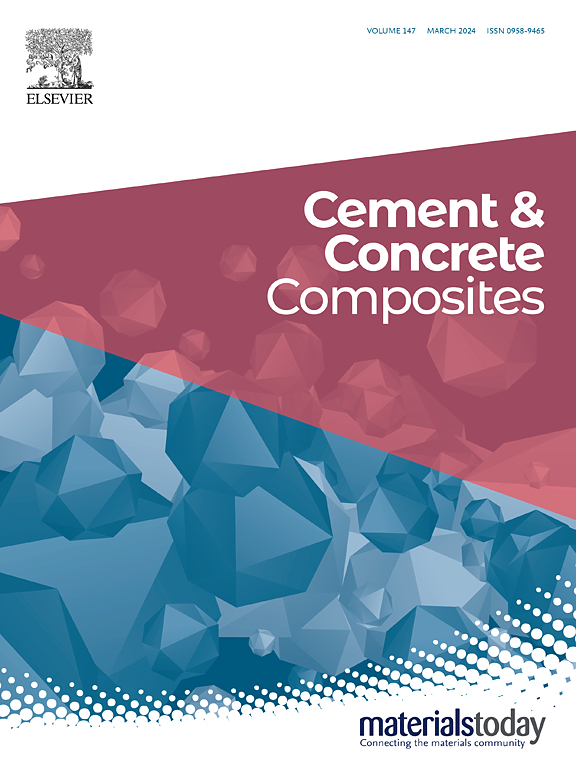羧酸基缓蚀剂对HRB400E钢在模拟混凝土孔隙溶液中的缓蚀机理:综合考虑钝化行为和耐蚀性
IF 10.8
1区 工程技术
Q1 CONSTRUCTION & BUILDING TECHNOLOGY
引用次数: 0
摘要
考虑到长期耐久性需求、环境问题和低碳要求,开发环保型高效缓蚀剂势在必行。本研究选取三种经济、无毒的羧酸基有机缓蚀剂,全面探讨其对HRB400E钢筋在模拟混凝土孔隙溶液中的钝化行为和耐蚀性的影响。此外,利用计算机模拟研究了缓蚀剂在钢表面的吸附构型,揭示了它们的缓蚀机理。羧酸基可以增强缓蚀剂在钢表面的有效吸附,但不同缓蚀剂对钢的腐蚀敏感性不同。尽管柠檬酸盐对钢的钝化有负面影响,但无论钢是否自然钝化,柠檬酸盐都表现出显著的缓蚀能力。本研究结果可为这些抑制剂在钢筋混凝土结构中的应用提供全面的理论基础。本文章由计算机程序翻译,如有差异,请以英文原文为准。
Inhibition mechanism of carboxylate-based inhibitors on HRB400E steel in simulated concrete pore solutions: A comprehensive consideration of passivation behavior and corrosion resistance
Given the long-term durability needs, environmental concerns, and low-carbon requirements, the development of eco-friendly and highly effective corrosion inhibitors becomes imperative. This study selected three types of cost-effective and non-toxic carboxylate-based organic inhibitors, and comprehensively explored their impacts on the passivation behavior and corrosion resistance of HRB400E reinforcing steel in simulated concrete pore solutions. Furthermore, computational simulations were utilized to investigate the adsorption configurations of inhibitors on the steel surface, revealing their inhibition mechanisms. While carboxylate groups can enhance the effective adsorption of inhibitors onto the steel surface, the corrosion susceptibility of steel with different inhibitors varies. Despite citrate's negative effect on steel passivity, it exhibits remarkable inhibition capability, whether the steel is naturally passivated or not. These findings of this study could provide a comprehensive theoretical foundation for the application of these inhibitors in reinforced concrete structures.
求助全文
通过发布文献求助,成功后即可免费获取论文全文。
去求助
来源期刊

Cement & concrete composites
工程技术-材料科学:复合
CiteScore
18.70
自引率
11.40%
发文量
459
审稿时长
65 days
期刊介绍:
Cement & concrete composites focuses on advancements in cement-concrete composite technology and the production, use, and performance of cement-based construction materials. It covers a wide range of materials, including fiber-reinforced composites, polymer composites, ferrocement, and those incorporating special aggregates or waste materials. Major themes include microstructure, material properties, testing, durability, mechanics, modeling, design, fabrication, and practical applications. The journal welcomes papers on structural behavior, field studies, repair and maintenance, serviceability, and sustainability. It aims to enhance understanding, provide a platform for unconventional materials, promote low-cost energy-saving materials, and bridge the gap between materials science, engineering, and construction. Special issues on emerging topics are also published to encourage collaboration between materials scientists, engineers, designers, and fabricators.
 求助内容:
求助内容: 应助结果提醒方式:
应助结果提醒方式:


